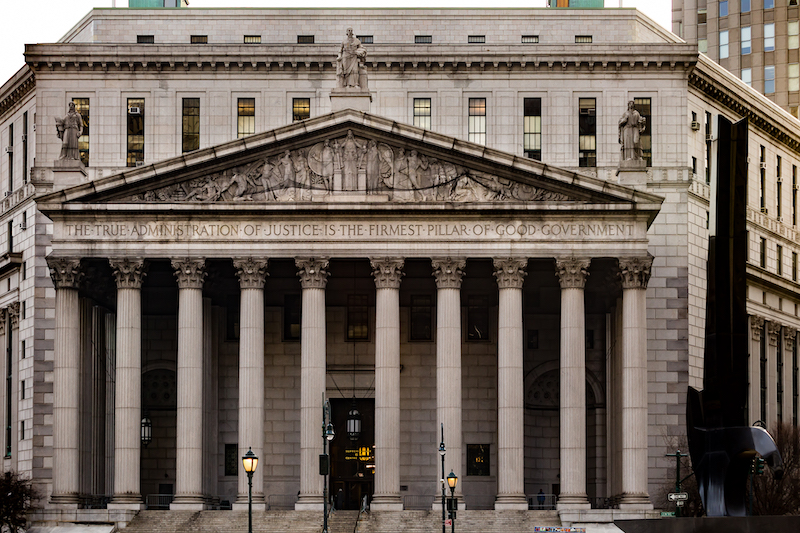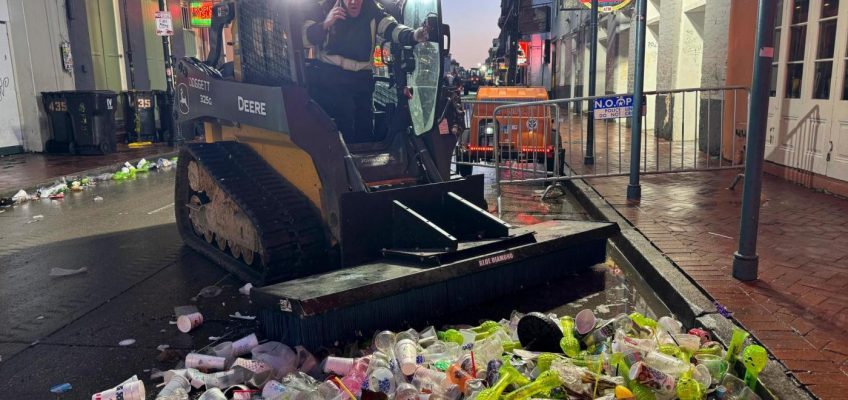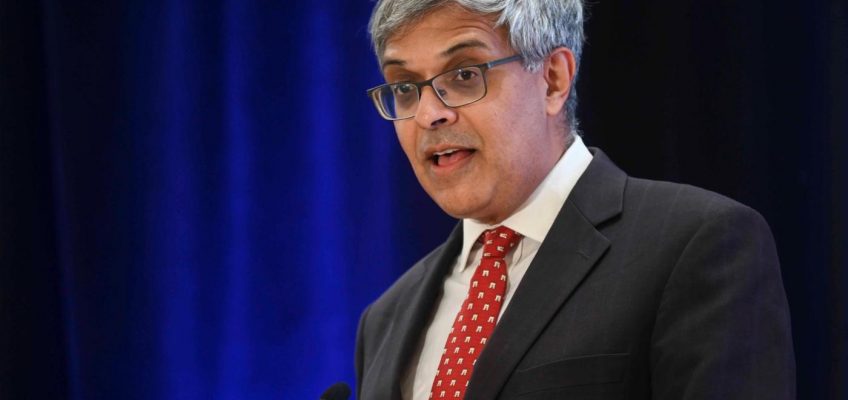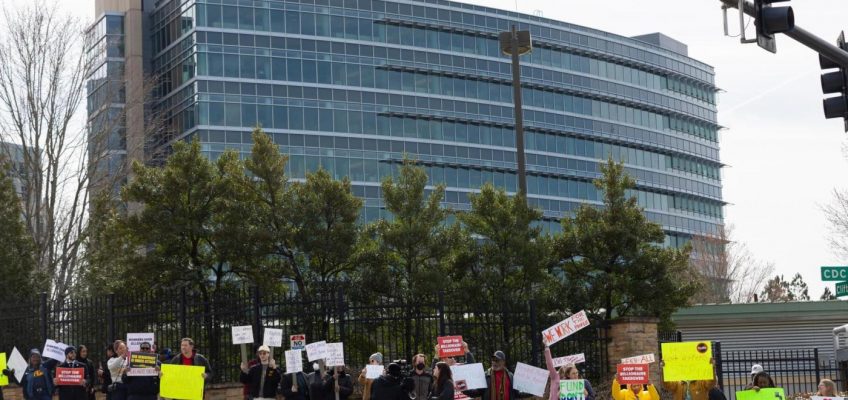“Attorneys serving the public interest are saddled not only with the constant stress of a demanding and under-appreciated profession, but also with the anxiety of whether they’ll be able to afford rising rent prices, inflation-impacted groceries, and hefty student loan payments each month.”
Adi Talwar
New York County Supreme Court located at 60 Centre Street.
CityViews are readers’ opinions, not those of City Limits. Add your voice today!
The first six weeks of the new federal administration have sparked widespread uncertainty, to say the least. The communities served by The Legal Aid Society and similar organizations fear what lies ahead, and rely on us for support.
Amid this unease, public defenders and civil legal service providers have been working tirelessly to provide not only legal representation but also education and resources to help vulnerable people—largely from low-income neighborhoods of color—navigate an ever-changing landscape.
These legal services, which keep people housed, reunite families, and help protect the rights of New Yorkers, are now more critical than ever.
In addition to being woefully underpaid and under-resourced, the attorneys who provide these vital services are facing another debilitating crisis: crippling student loan debt and a stagnated loan assistance program that has failed to keep up with inflation and New York City’s skyrocketing cost of living.
Despite recent data showing that the average law student graduates with a whopping $130,000 in student loan debt, under the current program, public interest attorneys in New York can only receive up to $20,400 in total loan assistance—or $3,400 annually—over a six-year period.
To make matters worse, recent threats to dismantle the U.S. Department of Education could further jeopardize federal loan assistance for these attorneys.
In the face of this looming crisis—which has the potential to impact attrition rates at legal service organizations for years to come—it is incumbent upon our leaders in Albany to take immediate action to ensure that public interest attorneys across the state receive increased student loan assistance that aligns with the current economic reality.
Fortunately, a legislative solution already exists: a bill to strengthen the New York District Attorney and Indigent Legal Services Attorney Loan Forgiveness (DALF) program enjoys strong support from district attorneys, public defenders, unions, and members of the State Legislature.
The legislation, sponsored by State Sen. Jessica Ramos and Assemblymember Jo Anne Simon, would increase student loan aid for public interest lawyers to $8,000 annually, for up to eight years, or total award eligibility of up to $64,000 in total.
Current loan assistance amounts place public interest attorneys far behind other vital workers, such as registered nurses on teaching faculties and social workers, who also perform essential work but, on average, carry less debt than public interest lawyers.
This modest funding increase, which amounts to mere pennies compared to the state’s proposed $252 billion budget, will help nonprofit public interest organizations retain the lawyers whose critical work benefits millions of New Yorkers.
Attorneys serving the public interest are saddled not only with the constant stress of a demanding and under-appreciated profession, but also with the anxiety of whether they’ll be able to afford rising rent prices, inflation-impacted groceries, and hefty student loan payments each month.
This constant stress forces an impossible choice: remain in the public sector, making a tangible and valuable difference in the lives of vulnerable individuals, or leave for a higher-paying job.
Attorneys who choose to leave contribute to high attrition rates at both legal service organizations and district attorney’s offices, resulting in increased workloads for the remaining attorneys and additional court backlogs that negatively impact the people we serve.
And while the resulting case delays and staffing shortages ultimately harm low-income and marginalized New Yorkers the most, a 2024 study by the American Bar Association Young Lawyers Division found that high student debt severely affects the emotional well-being of young lawyers as well.
For those with more than $200,000 in student debt, 76 percent reported that the burden made them feel stressed or anxious, and 52 percent reported that it made them feel depressed or hopeless. This environment is not conducive to the kind of dedicated, zealous representation New Yorkers need and deserve.
It doesn’t have to be this way. While Gov. Kathy Hochul left funding for this program out of her Fiscal Year 2026 Executive Budget, there is still time to right this wrong and increase funding for DALF this session.
During Hochul’s January State of the State address, she emphasized the importance of increasing affordability, as well as getting and keeping more New Yorkers safely and stably housed.
The individuals on the front lines—the ones actually delivering on the services that will make these goals possible—are public interest attorneys.
In 2025—with so much on the line for low-income New Yorkers—Gov. Hochul and the New York State Legislature must prioritize funding for the DALF legislation and ensure its inclusion in the budget.
Twyla Carter is the attorney-in-chief and chief executive officer at The Legal Aid Society. Lisa Ohta is president of the Association of Legal Aid Attorneys (UAW Local 2325)
The post Opinion: Crippling Student Loan Debt Threatens the Work of New York’s Public Service Lawyers appeared first on City Limits.




